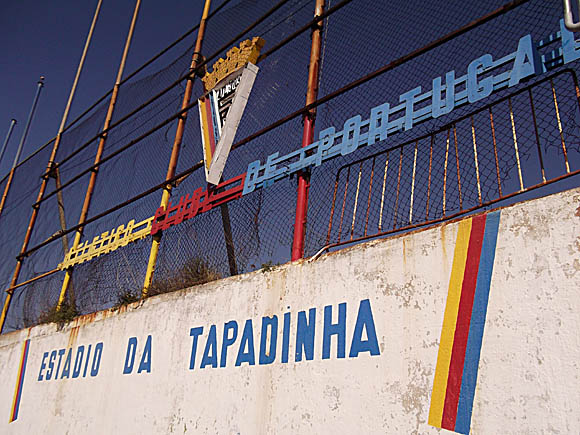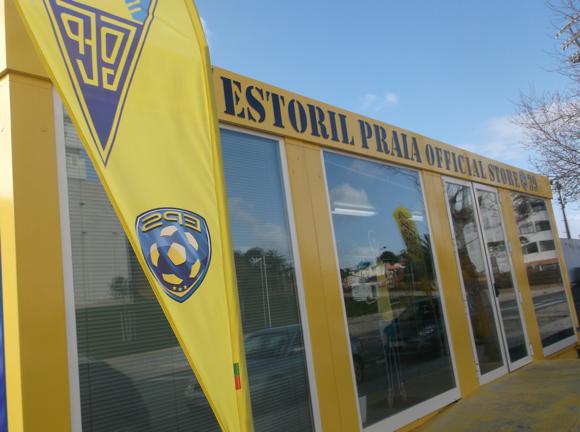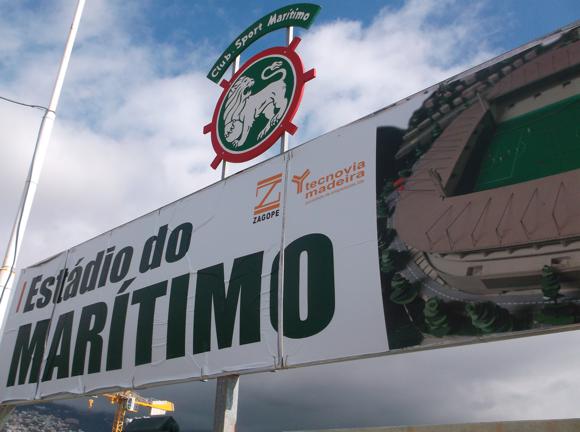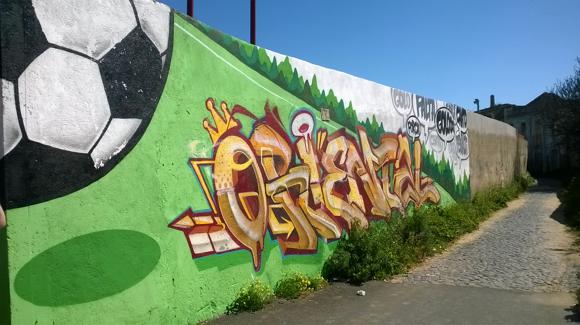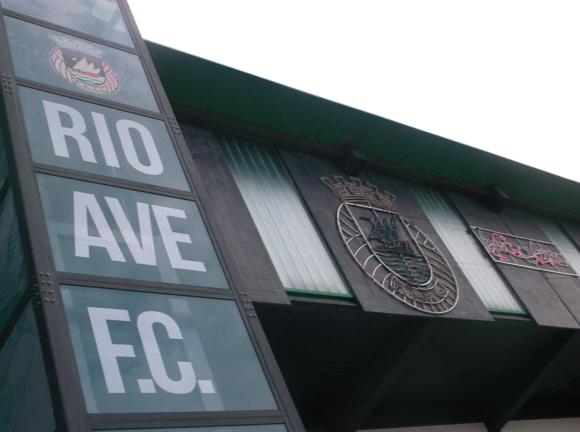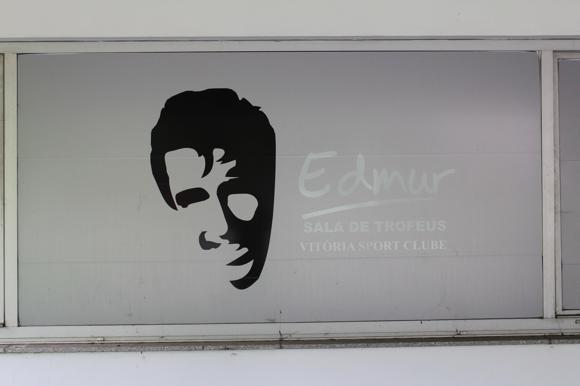A fan’s guide – the club from early doors to today
It’s no coincidence that the two managers most influential in the rise of FC Paços de Ferreira since the 1990s are in charge of unsung clubs in pole positions for promotion from Portuguese Segunda to Primeira in 2016-17.
Currently coaching Portimonense, Vitor Oliveira arguably enjoyed most success in his 22 (!) managerial postings with little Paços, gaining Os Castores, ‘The Beavers’ a first-ever promotion to the Primeira in 1991.
A decade later, José Mota, who had played under Oliveira in that Paços team, led the second charge into the top tier, a stint that has lasted almost unbroken until today. The former Ferreira defender had two spells at the club, the second also involving its European debut. In 2017, CD Aves wisely hired Mota in their credible bid to return to the Primeira after a decade.
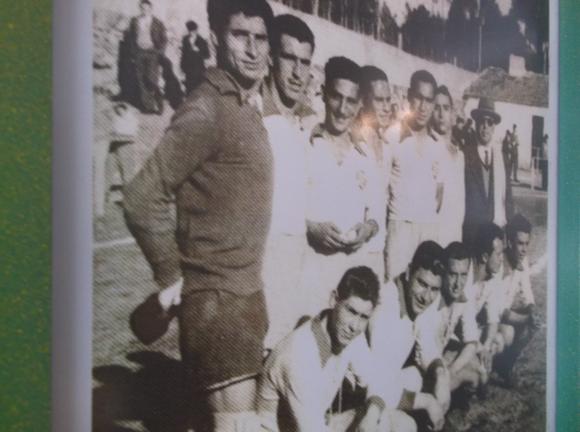
When compared to the multitude of teams dotted around the hills of northern Portugal, Paços de Ferreira had the most humble of beginnings. Officially, the club was born in April 1950 as Vasco da Gama, based at the Campo da Cavada and playing the regional leagues. Boavista helped things along with a few loan players and equipment.
In 1962, Vasco became Paços de Ferreira and the club ditched their yellow shirts for the blue-and-white striped ones of FC Porto, now providing logistical support. Paços duly made the Regional Second in 1968.
Moving into a new ground, the Estádio da Mata Real, in 1973, the club changed shirts back to bright yellow and, frustrated by a lack of progress, had Ângelo Rodrigo take over as president. Pretty much his first move was to hire Vitor Oliveira in 1988.

The former Braga midfielder gained Paços promotion to the second tier then, in 1991, the Primeira. Almost as incredibly, Oliveira kept them there, at least for one season, before being snapped up by Gil Vicente.
Paços stayed the pace with the big boys until 1994, going through a string of managers before giving the job to Paredes-born José Mota, who had played in the yellow and green during the Oliveira era – and beyond. A local man, assistant coach since 1996, he knew what success and failure meant to local Pacenses.
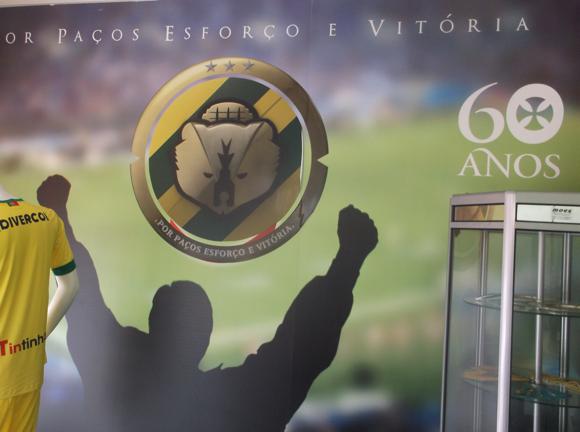
Coming in halfway through the 1999-2000 season, Mota steered Paços to the Segunda title then, with goals from Brazilian Rafael, beat Benfica and Sporting away in the first season back in the Primeira. Keeping the club in the top half of the table, Mota briefly left for the sunshine of the Azores with Santa Clara, coming back too late to save Paços from relegation in 2004.
After immediate promotion as Segunda champions, Mota’s Paços beat Benfica 3-1 to avoid relegation in 2006 then proved near invincible at the Estádio da Mata Real to earn a European place in 2007.
Playing the UEFA Cup home tie at Boavista, The Beavers lost to Louis van Gaal’s AZ by a single last-minute goal, then drew 0-0 in Alkmaar. Two seasons later, having lost the Portuguese Cup final 1-0 to former mentors Porto – current assistant coach and then Portugal under-20 midfielder Filipe Anunciação a key player – Paços made Europe again.

Slipping up against Bnei Yehuda of Tel-Aviv, Paços soon traded managers, sacking Mota’s replacement Paulo Sérgio, striking gold in 2012 with former Estrela Amadora centre-back Paulo Fonseca. Having worked near miracles with Pinhalnovense and CD Aves, Fonseca made Anunciação his captain and brought through young midfielder Josué.
Losing few games, Paços remained consistent all season, claiming a top three place early in the new year and staying there. Having muscled out Braga for a Champions League spot, Paços were also given the Breakthrough Player of the Year award for Josué, soon to be capped – and soon to be taken to Porto by outgoing manager Fonseca.
With three managers through the 2013-14 campaign failing to emulate his success, Paços struggled, outclassed by Zenit in their Champions League debut, notching only three draws in the subsequent Europa League group stage.

Fonseca returned in 2014-15, lifting the side to within one point of a European place. Again, he nurtured another fine young midfielder, Sérgio Oliveira, who became a regular in the Portugal set-up, captaining the team that beat Germany 5-0 in the Euro U21 semi-final that summer.
With Fonseca poached by Braga, Paços brought in Jorge Simão for 2015-16. Having blossomed under Fonseca, teenage midfielder Diogo Jota came into his own through the campaign, twice named Young Player of the Month and once earning Goal of the Month for his memorable strike against Benfica in front of a home crowd. Snapped up when still only 19 by Atlético Madrid in the spring of 2016, Jota left behind a side on the cusp of another European place.
A point separated Simão’s men from Europe. Carlos Pinto, who had played for his home-town club at the tail end of the Oliveira era, came in but Paços failed to ignite. Vasco Seabra now has to point Paços back towards Europe – starting by surviving another season in the Primeira.







Stadium Guide
The field of dreams – and the stands around it




Nestled in a dip in the road leading off the A42, and the expansive woodland that surrounds Paços, the Estádio Capital do Móvel is one of Europe’s most convivial groundhops. Opened as the Estádio da Mata Real in 1973, it gained floodlights and a covered stand a year later. Gradually improved, particularly for the club’s return to the Primeira in 2000, the ground now consists of two stands along each sideline, one covered, and an open home end done out in Paços green and yellow.
The rebuilding of the main stand in 2014 temporarily reduced capacity for the visit of Benfica. Capacity is back up to 6,400 – but many Benfica were still out of luck in March 2017 when their allocation sold out.
For most games, with an average gate of just over 3,000, availability isn’t usually a problem.
getting there
Going to the stadium – tips and timings

The ground is set on the slope of Rua do Estádio, west of the town centre. It’s a 10min walk from the roundabout in the middle of Paços, down Rua Capitão da Praça, keeping the park to your left. If you’re coming up by car or taxi from Paredes, then you’ll reach the stadium before you arrive in town.
Buses from Porto take you straight into Paços, from where you have to make your own way to the ground, via Rua Cap da Praça.
getting in
Buying tickets – when, where, how and how much

Paços run a pay-on-the-day system, availability only an issue for the visits of Benfica and Porto. For the rest of the season, buy your €15 tickets from the windows (cash-only) an hour or so before kick-off. There are no online sales.
For showcase fixtures, admission rises to €20. As you’ll need to arrange an advance sale, contact the club on +351 255 965 230, by email to geral@fcpf.pt or via its Facebook page.
what to buy
Shirts, kits, merchandise and gifts


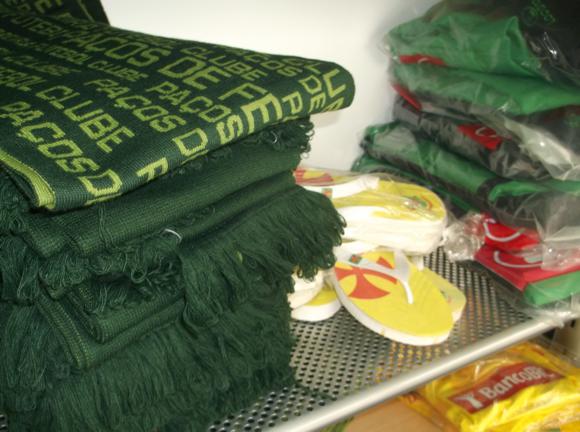

The Loja Do Castor, the ‘Beaver Shop’, is right behind the main stand on Rua do Estádio. Replica shirts, scarves, baseball caps and branded flip-flops fill the modest outlet, with a beaver badge a cheap and charming souvenir.
The shop opens from morning until lunchtime, then again from late afternoon until early evening during the week, and operates on match days.
Where to Drink
Pre-match beers for fans and casual visitors
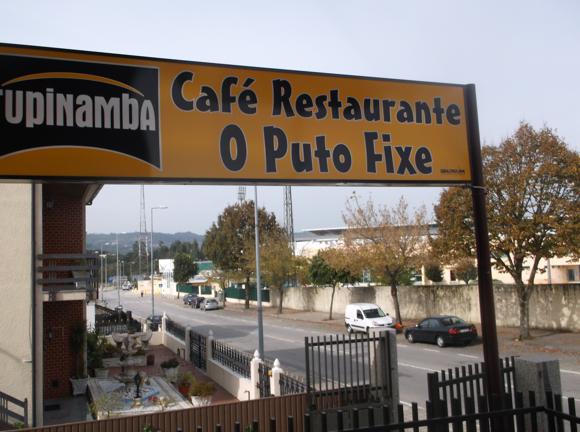
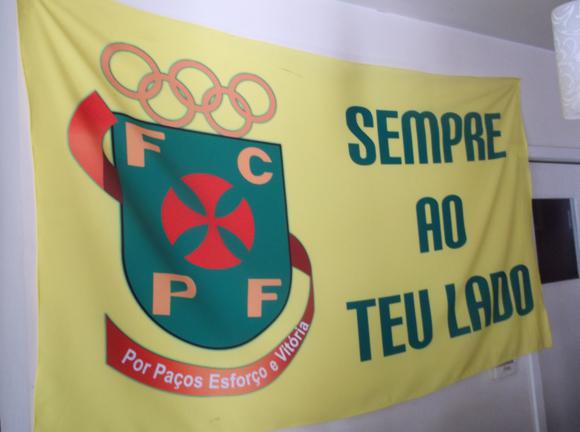

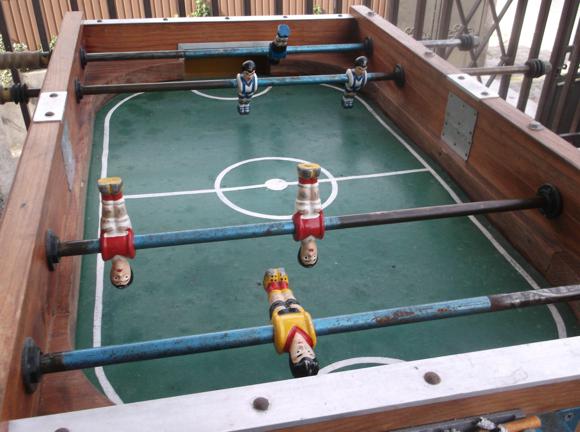




You’ll find two bars on Rua do Estádio. Nearest the junction with Rua Cap da Praça, Glam is a standard café-cum-cake-shop whose location means it has done out its interior with football iconography. It’s coffees rather than beers here, though.
Further up the slope, O Puto Fixe is more like it, a local bar/restaurant with a vintage table football table outside and a dining room at the back. Beer is cheap and bottled.
Just above the main entrance to the stadium on Rua do Estádio, the Snack-Bar FCP Ferreira is worth a long pre-match linger. Its walls illustrating the history of the club – black-and-white down one side, colour photos along the other – it displays scarves from recent European fixtures over the long bar counter. Team line-ups through the ages show the hardy amateurs from the 1950s and the classic frizinios that were all the rage in the 1970s. TVs broadcast sport channels – if you’re here during the week, you’ll get involved in hours of football chatter.


